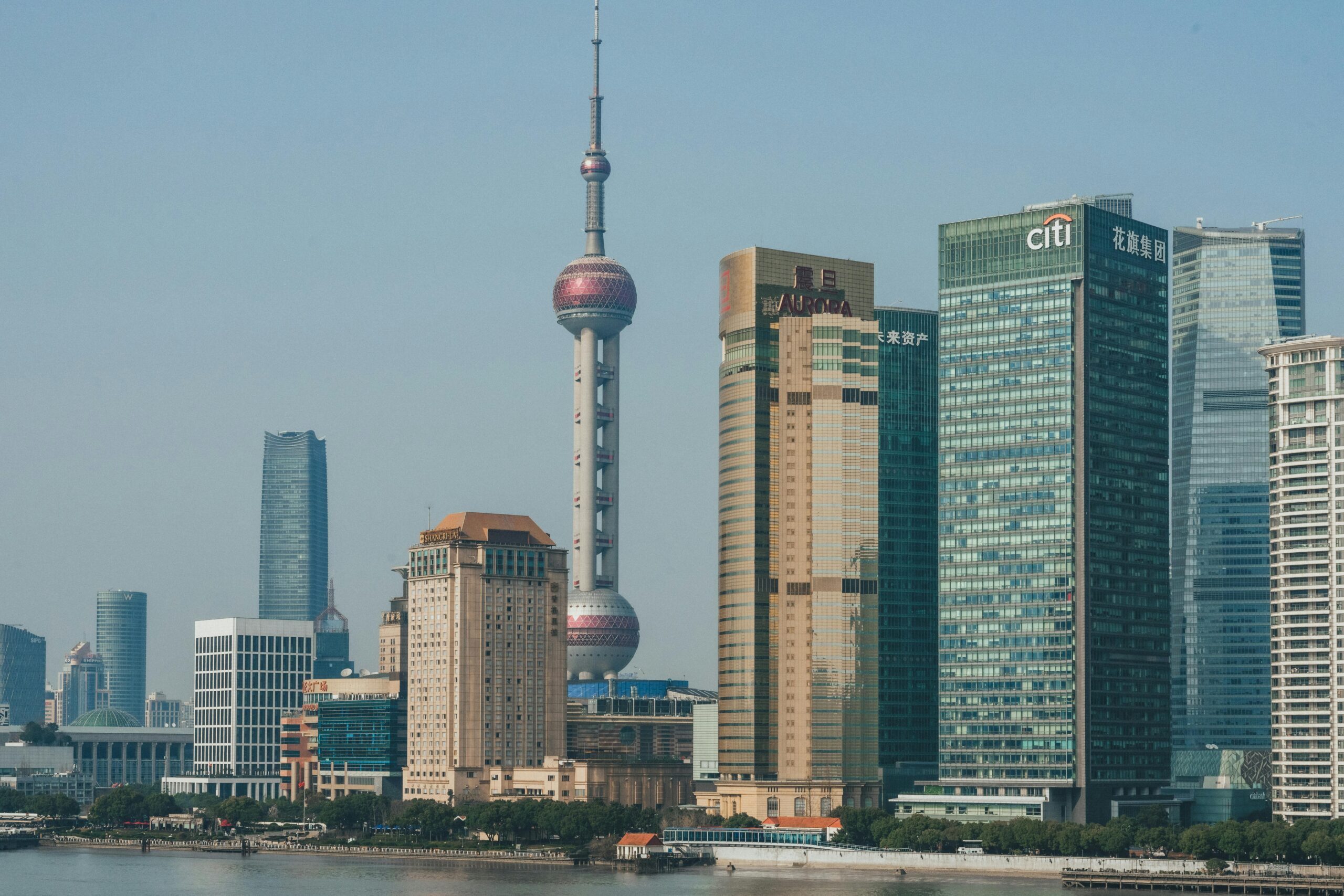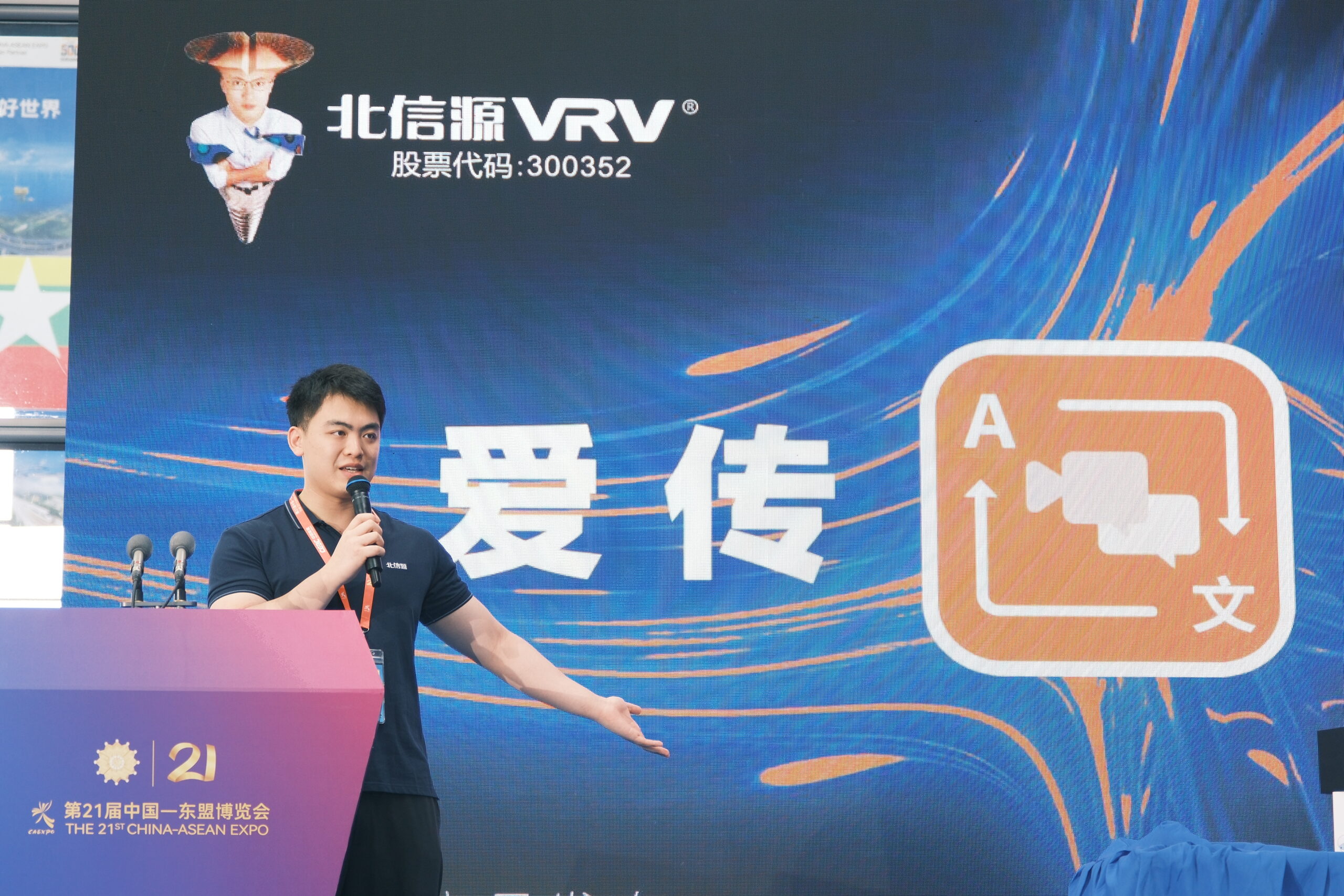In a bid to bolster consumer spending and support its slowing economy, China has slashed the minimum purchase required for foreign tourists to claim value-added tax (VAT) refunds. Effective April 26, 2025, travelers who spend just 200 yuan (about $27) in a single store on a given day can apply for a refund—down from the previous 500 yuan ($69) threshold. Simultaneously, the maximum refundable amount in cash has been doubled to 20,000 yuan (≈ $2,745). These changes come as Beijing seeks to tap into the under-exploited potential of inbound tourism, which in 2024 accounted for just 0.5 percent of GDP—well below the 1–3 percent share seen in other major markets.
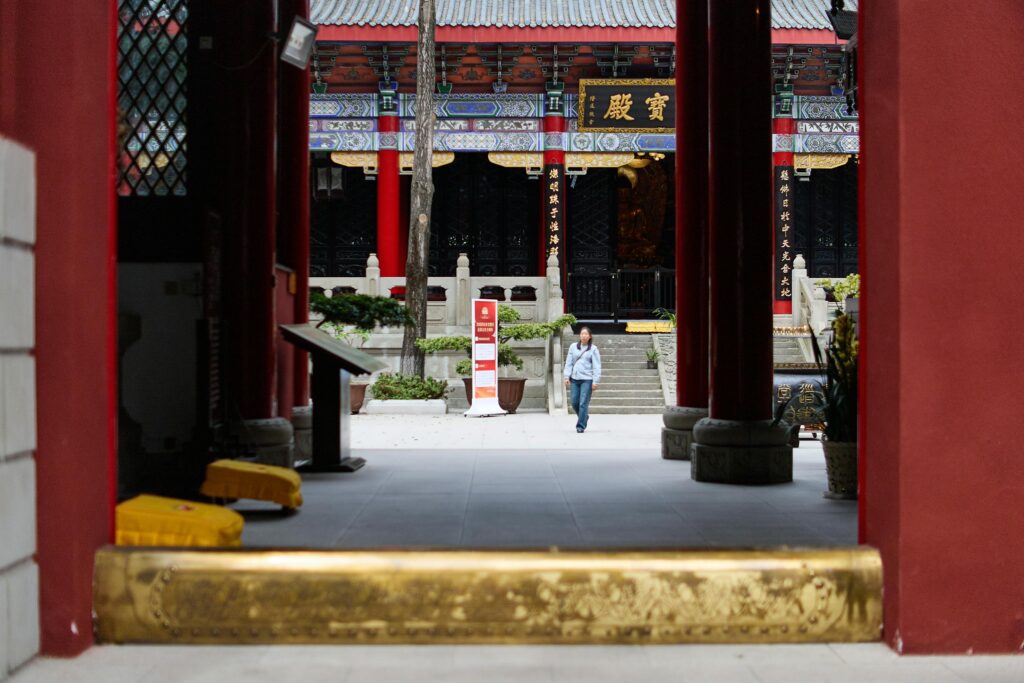
Why the Change Matters
- Lower Barrier to Entry
By cutting the minimum spend by 60 percent, China makes tax-free shopping accessible to budget-minded travelers and encourages more frequent, smaller purchases of souvenirs, apparel, electronics, and local specialties. - Expanded Distribution
The government will widen the network of approved “tax refund” shops—now covering both luxury districts and second-tier cities—and pilot immediate rebate counters, enabling tourists to receive their refunds on-the-spot instead of waiting for processing at airports. - Doubling the Cap
Raising the upper refund limit to 20,000 yuan allows high-spenders—luxury shoppers, business travelers, and long-stay visitors—to reclaim more VAT in cash, increasing the lure of major shopping hubs like Beijing, Shanghai, and Guangzhou.
Complementary Measures to Boost Consumption
China’s tax-refund adjustment is part of a broader stimulus package designed to shore up domestic demand:
- Electronics & Auto Subsidies: Generous trade-in incentives for cars and household appliances, including electric vehicles, have already triggered strong upticks in purchases.
- Housing Support: Lower mortgage rates and localized home-buyer subsidies aim to stabilize the property sector, unlocking consumer confidence.
- Service Sector Vouchers: In select provinces, coupons worth up to 300 yuan have been distributed for use in restaurants, cinemas, and fitness centers.
Economic and Tourism Context
- Tourist Spending Trends: Inbound visitor spending reached $94.2 billion in 2024—a staggering 78 percent jump over 2023—but still trails pre-pandemic levels when China welcomed roughly 150 million international arrivals.
- Trade War Headwinds: With U.S. tariffs on Chinese exports climbing to 145 percent on key goods—and reciprocal Chinese levies in place—Beijing is keen to diversify growth drivers away from export-led manufacturing toward services and consumption.
- Regional Pilots: Cities such as Chengdu and Xi’an are trialing deeper discounts and integrating VAT refunds into digital-wallet platforms (WeChat Pay, Alipay), streamlining cross-border e-commerce.
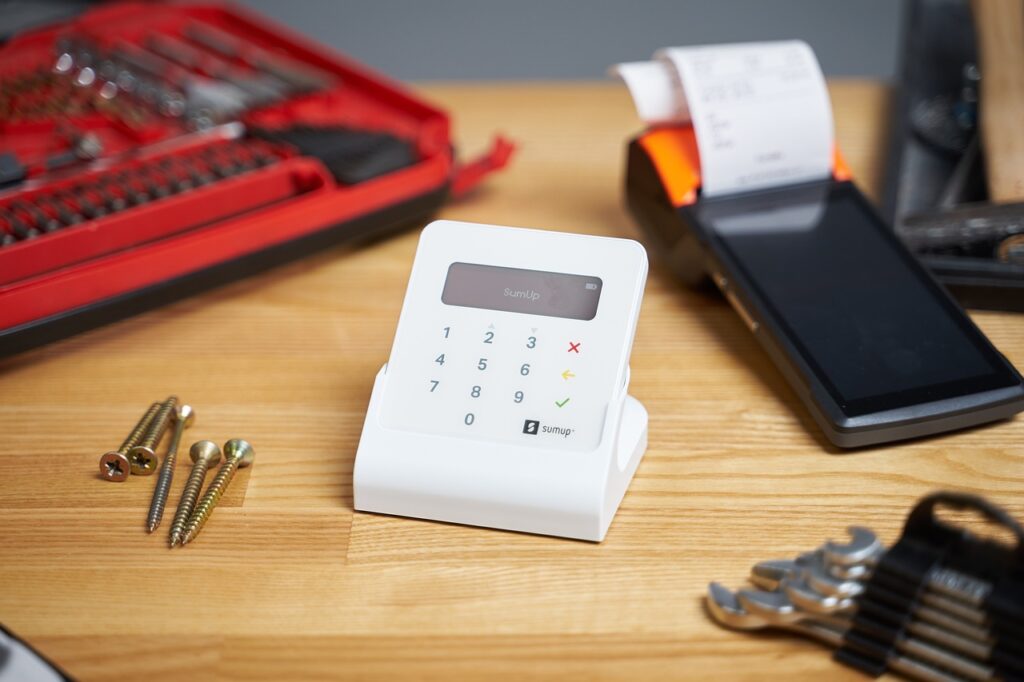
FAQs
Q: Who qualifies for the tax refund?
A: Any non-resident foreign tourist who spends at least 200 yuan at a single, certified store on the same day. Purchases must be taken out of China within 90 days.
Q: How do I claim my refund?
A: Present your passport and VAT-refund form at a designated service counter or self-service kiosk in-store, at city refund centers, or at international departure points (airports, ports, land crossings).
Q: What items are eligible?
A: Most goods for personal use—clothing, electronics, cosmetics, jewelry, and traditional handicrafts—qualify, but certain items (tobacco, services, consumables) are excluded.
Q: Is the refund given in cash or credited?
A: Tourists can choose between immediate cash refunds (up to the cap) or credit to their credit card or digital wallet, subject to local regulations.
Q: Can Chinese residents benefit?
A: No. The scheme is reserved for foreign passport holders. Chinese citizens with overseas travel documents generally do not qualify.
Q: How will this impact prices?
A: Retailers may promote tax-free deals more aggressively, but the accelerated subsidies could also spur minor price adjustments as competition intensifies.
Q: Will this policy last?
A: While introduced as part of a temporary stimulus push, strong uptake could see it enshrined as a long-term measure to support tourism and consumption.
Q: How does China’s VAT-refund policy compare globally?
A: Many tourist-destination countries (Japan, South Korea, EU members) set higher minimums (typically $50–$100) but offset with generous caps. China’s lower threshold makes it uniquely accessible.
Q: What’s the next step for tourists?
A: Plan shopping trips around VAT-refund counters, seek out designated “tax-free” stores, and consider digital-wallet payments to expedite refunds.
With its economy at a delicate juncture, China’s reduction of the VAT-refund threshold is a strategic bid to unlock latent tourist spending. By lowering the bar for refunds, expanding outlets, and simplifying procedures, Beijing aims to turn every stroll along Qianmen Street or Nanjing Road into an opportunity for inbound visitors to shop—and thereby help drive the next wave of consumer-led growth.
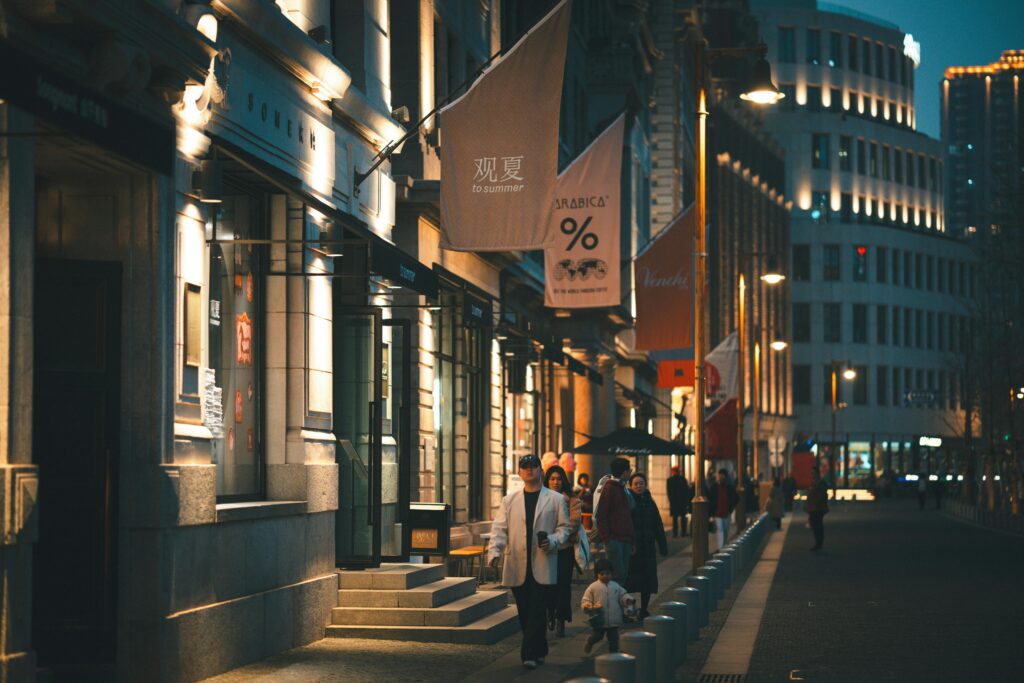
Sources APNews
